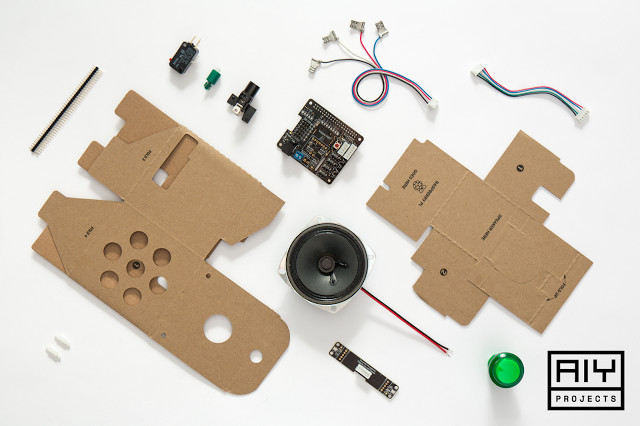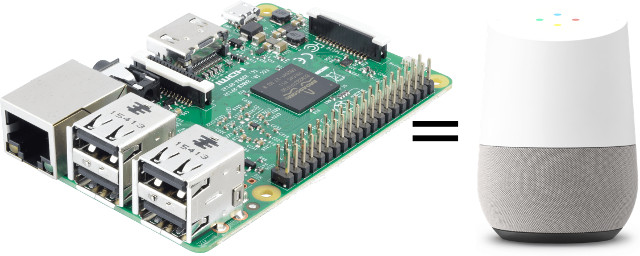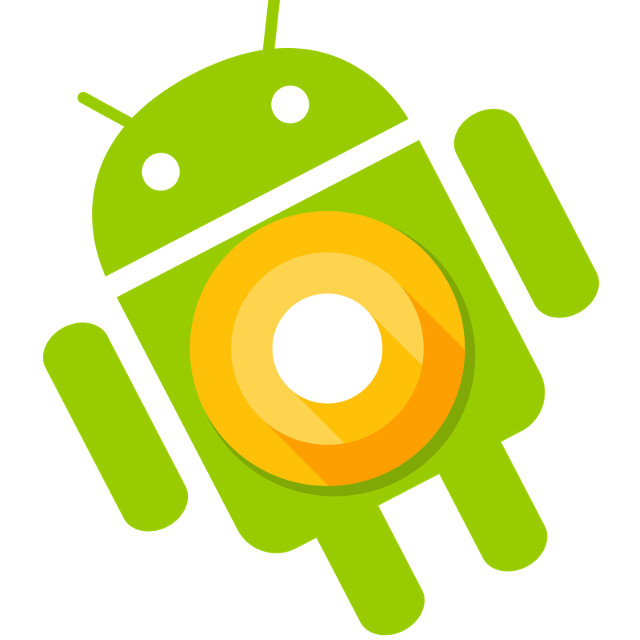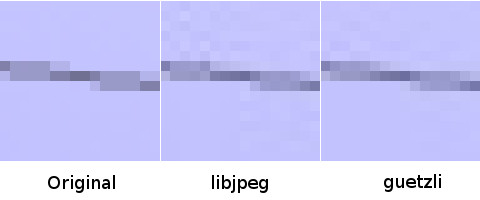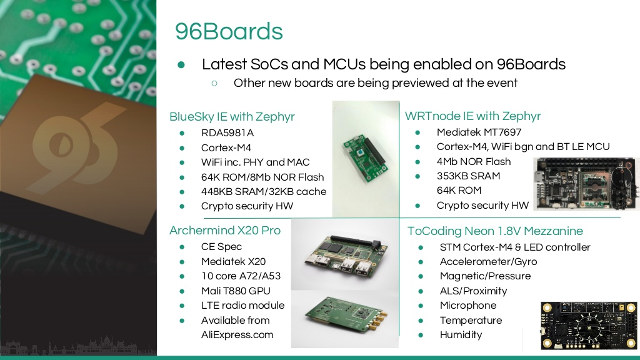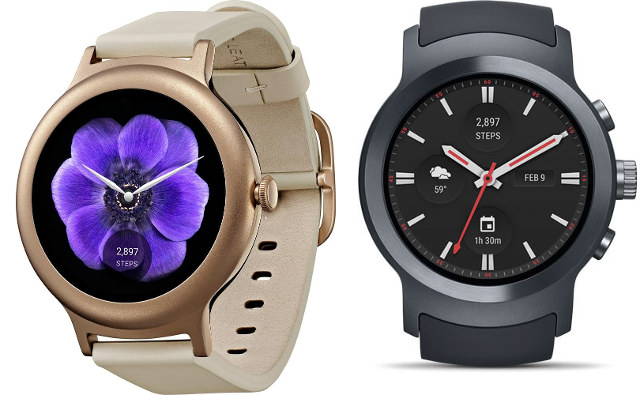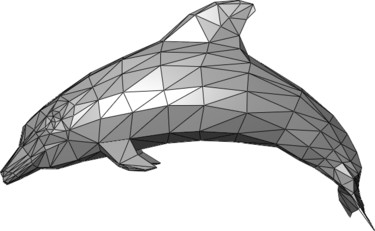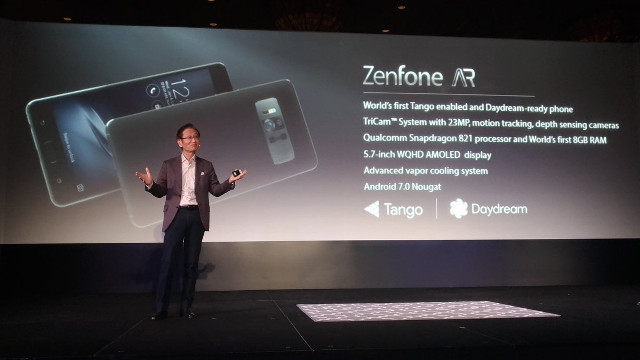We’ve just reported about the preview release of Google Assistant SDK that works on the Raspberry Pi 3, and other boards with a microphone, speakers, and access to Internet. The Raspberry Pi foundation and Google have now made it even easier, as they launched AIY Projects Voice Kit with a Google Voice HAT, a speaker, a stereo microphone Voice HAT board, a button, a few cables, and a cardboard case. You’ll just need to add your own Raspberry Pi 3, follow the instructions to assemble kits, load and setup the software. Once this is all done, you’ll be able to press the top button, asking anything you want to Google Voice, including the weather. Price? Sort of free, as it comes with MagPi 57 magazine, where you’ll also find detailed instructions for the kit. Google AIY Projects got its name from a mix between (DIY) and artificial intelligence (AI), and […]
Google Assistant SDK Turns Your Raspberry Pi 3 into Google Home
Google Home allows you to select music, control your home automation system and more with voice commands, but now you can do the same with a Raspberry Pi 3 as Google released a developer preview (alpha v1) of the Google Assistant API that works on Raspberry Pi 3, and other development boards running Debian or Ubuntu. Functionalities are limited right now, with RPC API and Python sample code, but it only works with English language, and features such as timers & alarm, playing music, news, or podcasts, and precise location are not supported. Location is determined using your IP address only, and if you’re using some third party services / products such as Uber or Hue, you’ll need an actual Google Home device for initial setup. Google has provided instructions to use Google Assistant SDK with Raspberry Pi 3 board. First you’ll need a USB microphone ($5.99 on Amazon), and […]
Google Releases Android O Developer Preview with UI & Audio Improvements, Better Performance, etc…
Nearly exactly one year after Android N developer preview release, Google has now announced the release of Android O developer preview in order to get feedback from the developer community before the official release of Android 8.0? Oreo? in Q3 2017. So what’s new so far in Android O? Here are some of the changes: Background activity limits – Automatic limits on what apps can do in the background for implicit broadcasts, background services, and location updates. Notification channels – New app-defined categories for notification content for better control from the use, as user may only block or change the behavior from one channel, instead of applying the same behavior to all notifications from a given app. For example, a News app may have notifications for Technology, Sports, Politics, International, etc… Autofill APIs – Platform support for autofill, where users can select an autofill app, similar to the way they […]
Google Releases Guetzli Open Source JPEG Encoder Generating 20 to 35% Smaller Files Compared to Libjpeg
Google has been working one several front to make data and images smaller, hence faster to load from the Internet, with project such as Zopfli algorithm producing smalled PNG & gzip files, or WebP image compression algorithm that provides better lossless compression compare to PNG, and better lossy compression compared to JPEG, but requires updated support from clients such as web browsers. Google has now released Guetzli algorithm that improve on the latter, as it can create JPEG files that are 20 to 35% smaller compared to libjpeg with similar quality, and still compatible with the JPEG format. The image above shows a close up on a phone line with the original picture, the JPEG picture compressed with libjpeg with the artifacts around the line, and a smaller JPEG picture compressed with Guetzli with less artifacts. You can find out more about the algorithm in the paper entitled “Guetzli: Perceptually […]
New 96Boards IoT Edition Boards Showcased at Linaro Connect 2017: BlueSky IE and WRTNode IE
Linaro Connect Budapest 2017 is taking place this week in Hungary, and during George Grey – Linaro CEO – keynote, he provided a status updates for the Linaro group, addressed some of Linaro’s criticisms from members and the community, and unveiled two upcoming boards compliant with 96Boards IoT edition both running Zephyr OS, and adding to BLE Carbon board announced last year. The first board is BlueSky IE board with the following key specifications: SoC – RDA Micro RDA5981A ARM Cortex-M4 Wireless MCU with 64KB ROM, and 32KB cache System Memory – 485KB SRAM. It’s unclear if that’s only the on-chip SRAM, and there’s also some external PSRAM added. Storage – 8Mb NOR flash 802.11 b / g / n HT20 / 40 mode Connectivity – 802.11 b/g/n WiFi with support for HT20 / 40 modes Crypto security hardware The second board is WRTnode IE: SoC – Mediatek MT7697 ARM […]
LG Watch Style and Watch Sport Smartwatches Launched with Android Wear 2.0
Google released an Android Wear 2.0 developer preview last May at Google I/O 2016, with the new operating system now supporting standalone apps and keyboard and handwriting input method, featuring a new user interface with material design support, integrating Google Fit & Google Assistant support, and supporting many of the features available in Android 7.0 Nougat like data saver, and emojis. The first two devices running the latest Android Wear 2.0 will be LG Watch Style and Watch Sport smartwatches. LG Android Wear 2.0 watches specifications can be found in the table below (Source: XDA) LG Watch Style LG Watch Sport (W280A) Display 1.2″ 360×360 P-OLED (Gorilla Glass 3) 1.38″ 480×480 P-OLED (Gorilla Glass 3) Processor Snapdragon Wear 2100 @ 1.1GHz RAM 512MB 768MB Storage 4GB Connectivity Wi-Fi, Bluetooth 4.2 Wi-Fi, Bluetooth 4.2, LTE, NFC, GPS Sensors Accelerometer, Ambient light sensor, Gyro sensor Heart Rate Sensor (PPG), Gyroscope, Accelerometer, Barometer […]
Google Introduces Draco Open Source 3D Mesh Compression Tool
Specific compression and/or encoding algorithms are used for video, audio, and files, and each time one watches a video, listens to music, or downloads a file from the Internet, the amount data has likely been reduced thanks to the implementation of one of those algorithms. Google has been involved in the development of some algorithms and their implementation such as VP8/VP9/VP10 video codecs, and brotli file compression. With the emergence of virtual and augmented reality applications and accompanying 3D mesh data, the company has also worked on 3D data compression, and just unveiled Draco. A simple web search showed me some other 3D mesh compression tools are already available including Open3DGC and OpenCTM, but Google decided to compare Draco to GZIP instead, and it indeed offers much better compression than this general purpose file compression tool. Encoding and decoding also appear to be fairly fast, although Google did not compare […]
Vapor Cooled ASUS Zenfone AR Smartphone Comes with 8GB RAM, Supports Google DayDream and Tango
ASUS Zenfore AR is an interesting beast, powered by a Qualcomm Snapdragon 821 processor, it’s the first processor I’ve heard to come with 8GB RAM, and also the first to support both Google DayDream virtual reality, and Google Tango 3D depth sensing camera. On top of that, it’s allegedly cooled by an “advanced vapor cooling system”. Zenfone AR (ZS571KL) specifications: SoC – Qualcomm Snapdragon 821 quad core processor up to 2.35 GHz with Adreno 530 GPU System Memory – 6 to 8 GB LPDDR4 RAM Storage – 32, 64, 128 or 256GB UFS 2.0 flash, micro SD/SDCX card slot up to 2TB, 5GB ASUS WebStorage for file, 100GB Google drive for 2 years Display – 5.7″ WQHD (2560×1440) AMOLED display with Gorilla Glass 4, 10-finger capacitive touch Camera Tricam system with 23MP autofocus, motion tracking, and depth sensing cameras (Tango) 8MP front-facing camera with autofocus dual LED flash Video – […]


